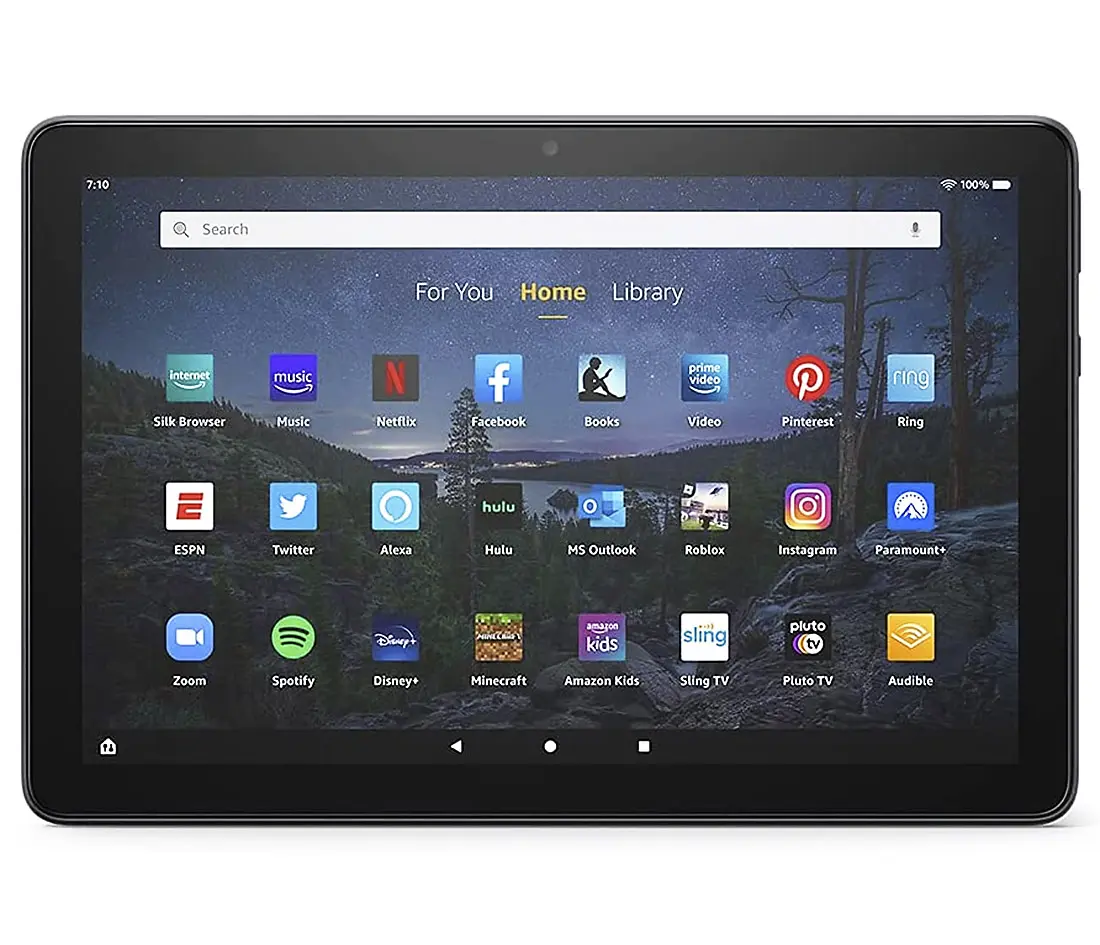If you are a talented photographer you might have a chance of earning money while traveling to the most interesting places all over the world. Fashion magazines, travel agencies and the media always have demand for spectacular photos or videos from exotic places. You may work as a staff photographer or you may be hired for a particular shooting project. But you may also work as a freelancer specializing in unique subjects - such as photos or movies of rare animals, spectacular landscapes, daring sports events, social gatherings or interesting indigenous populations. But make no mistake! You really have to be an outstanding photographer. Just snapping a few regular pictures while traveling will not work!
- If you are really interested in selling pictures while traveling you first need to get a serious photographic education. You need to become totally familiar with your equipment and you must learn digital photo editing and archiving. Don't even think of this kind of work, if you are not experienced in using Adobe Lightroom and Photoshop (or similar software). The most important prerequisite, however, is your visual talent: You must develop a "photographer's eye"! There are numerous schools and workshops for developing your photographic skills and talent.
- Making nice snap shots of famous sights or landscapes while travelling will probably not generate a lot of income. You have to focus on a particular subject or develop a unique perspective that grabs the attention of the media. If you are the daring type you might want to shoot photos or videos while base jumping, freestyle climbing or balancing a slackline over an abyss in the Himalayas. If you are especially patient, you may want to shoot extremely rare animals in the Atacama desert or the Amazon. There is also always demand for photos from wars or violent social conflicts.
- The greatest images are useless, if you don't know how to sell them. You must therefore develop marketing skills and socialize with potential customers. You must have a portfolio of your best shots - preferably on your own website. Social media posts, a newsletter, a travel blog, photo lectures or workshops are all tools you will have to use for making money with your travel photos.
Links:
- FotoNomaden: Workshops, online-Kurse
- FotoTravellers: Der Reiseblog for Abenteuer & Fotographie
- Lichter der Welt: Mit Fotographie Geld verdienen
- Austria Insider Information: Wandern, Fotographie & Nachhaltigkeit
- MA: Digital Photography & New Visual Media (de)
- Fotoschule Wien. Berufsbegleitende Fotoausbildung
- Fotokurse Wien und Niederösterreich mit Martin Winkler.
- Online-Fernstudium Fotografie
- Professionelle Fotokurse in Wien.
- WIFI Tirol: Berufsfotograf mit Zertifikat
- Grazer Foto Workshops
- Fotoausbildung bei Adrian Almasan
- WIFI Wien: Adobe Lightroom Expert


